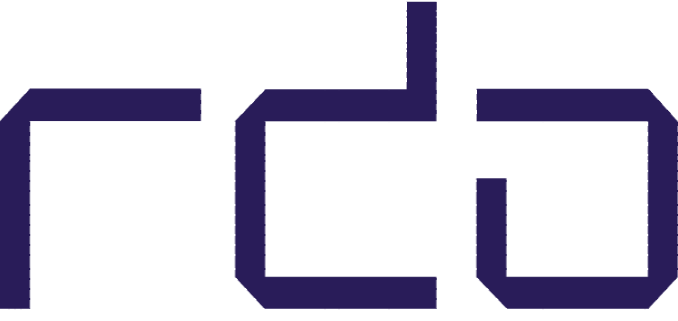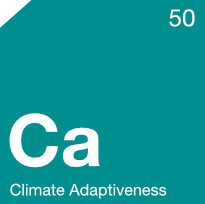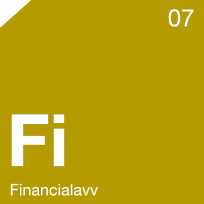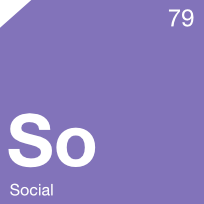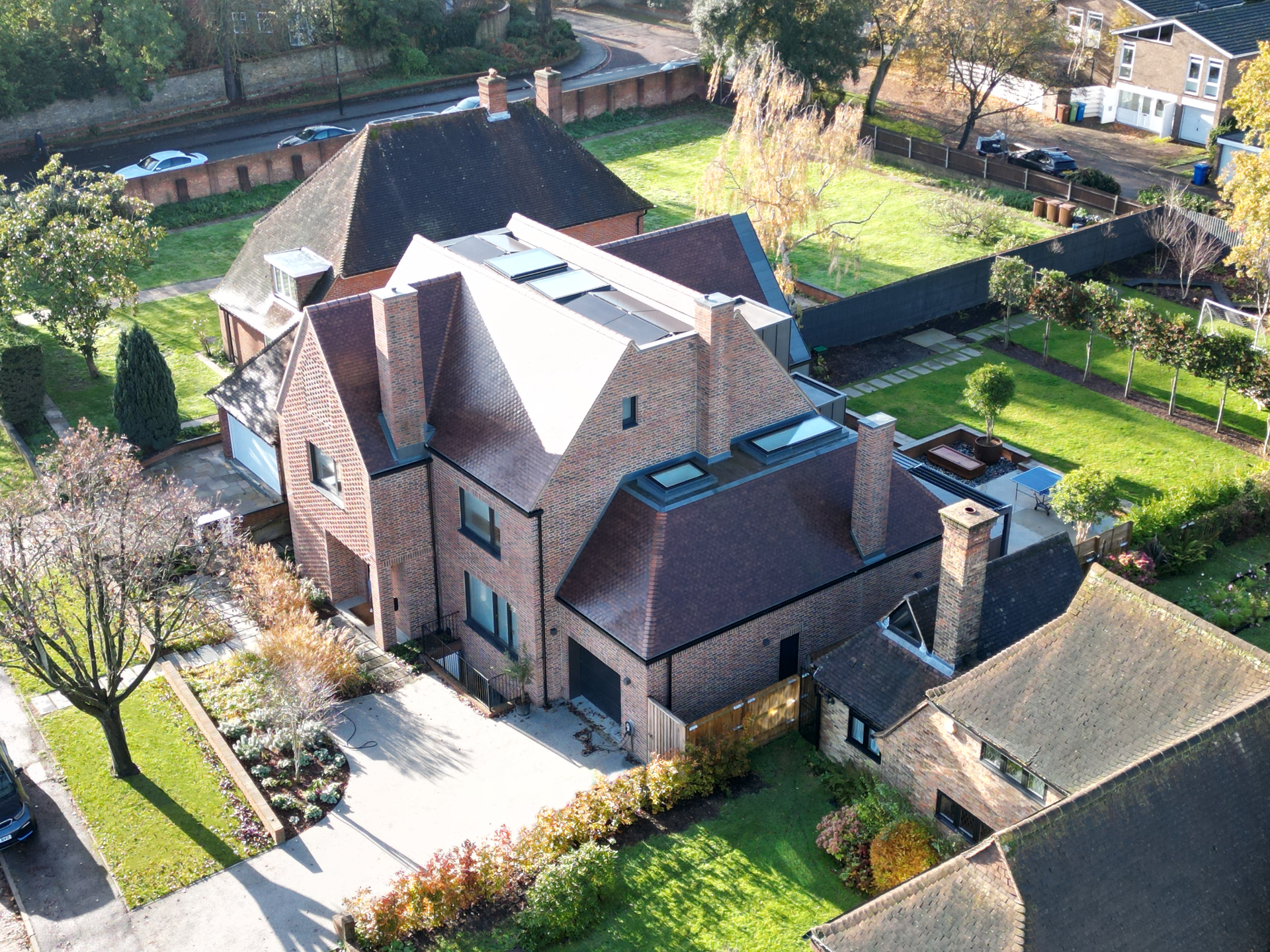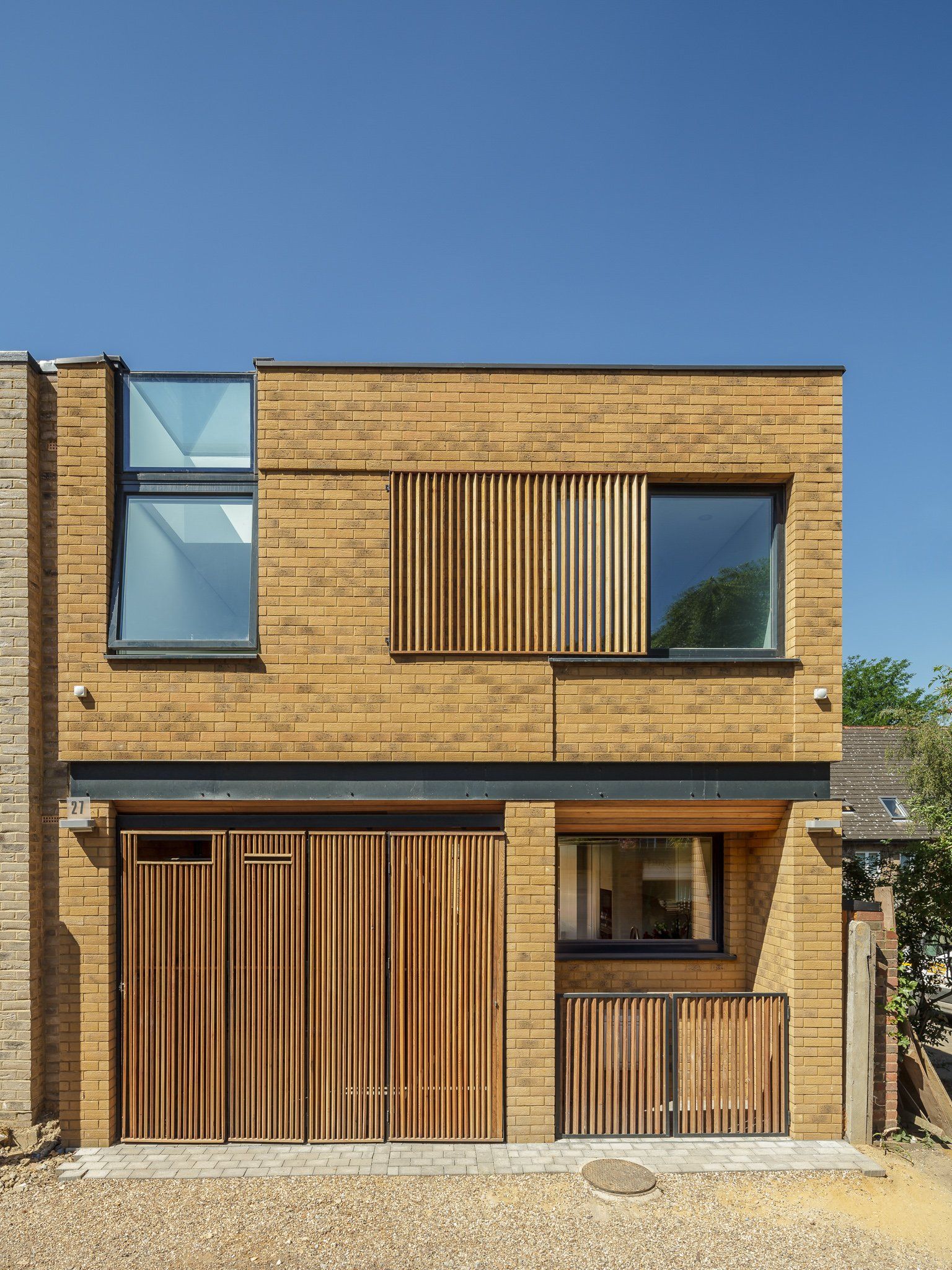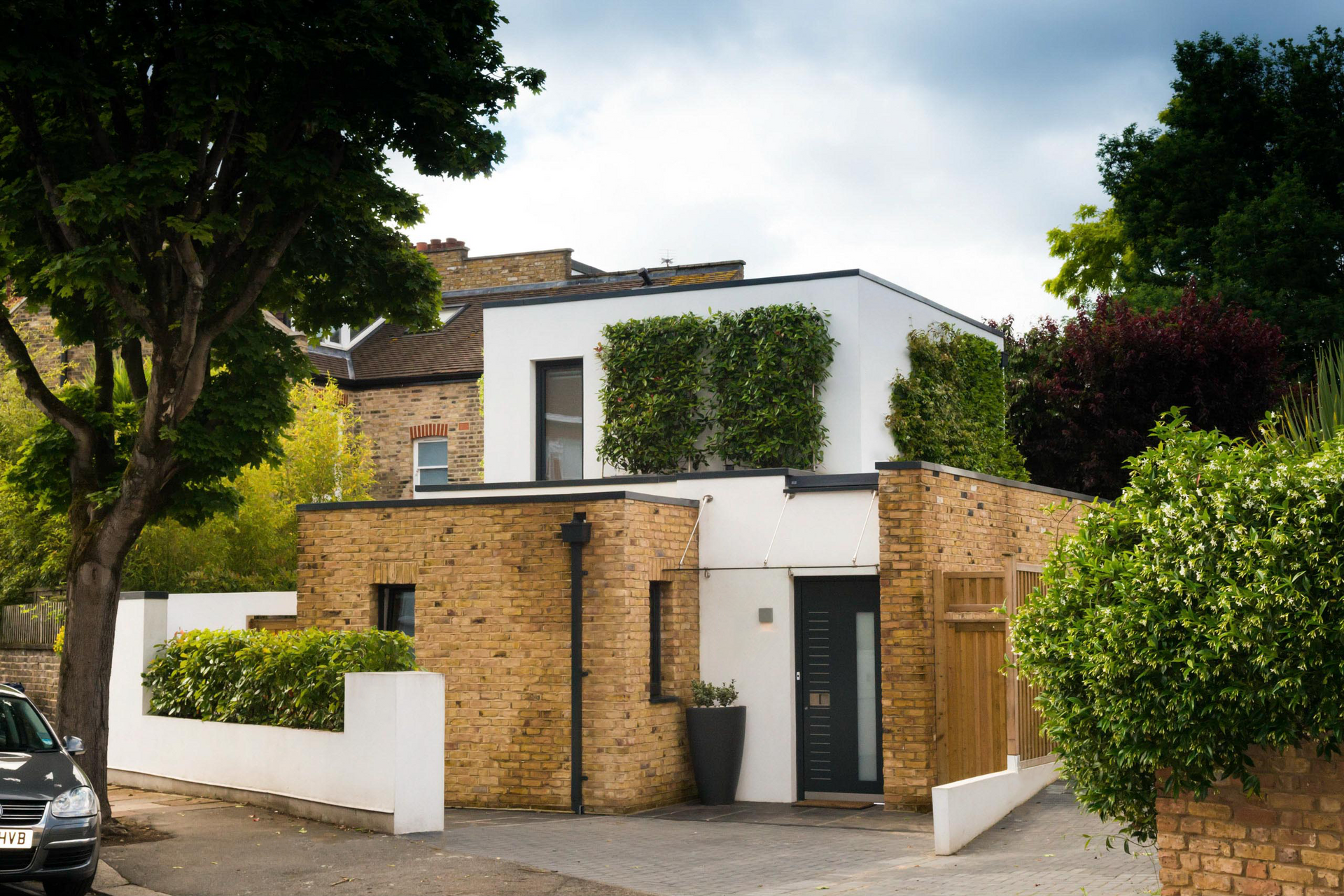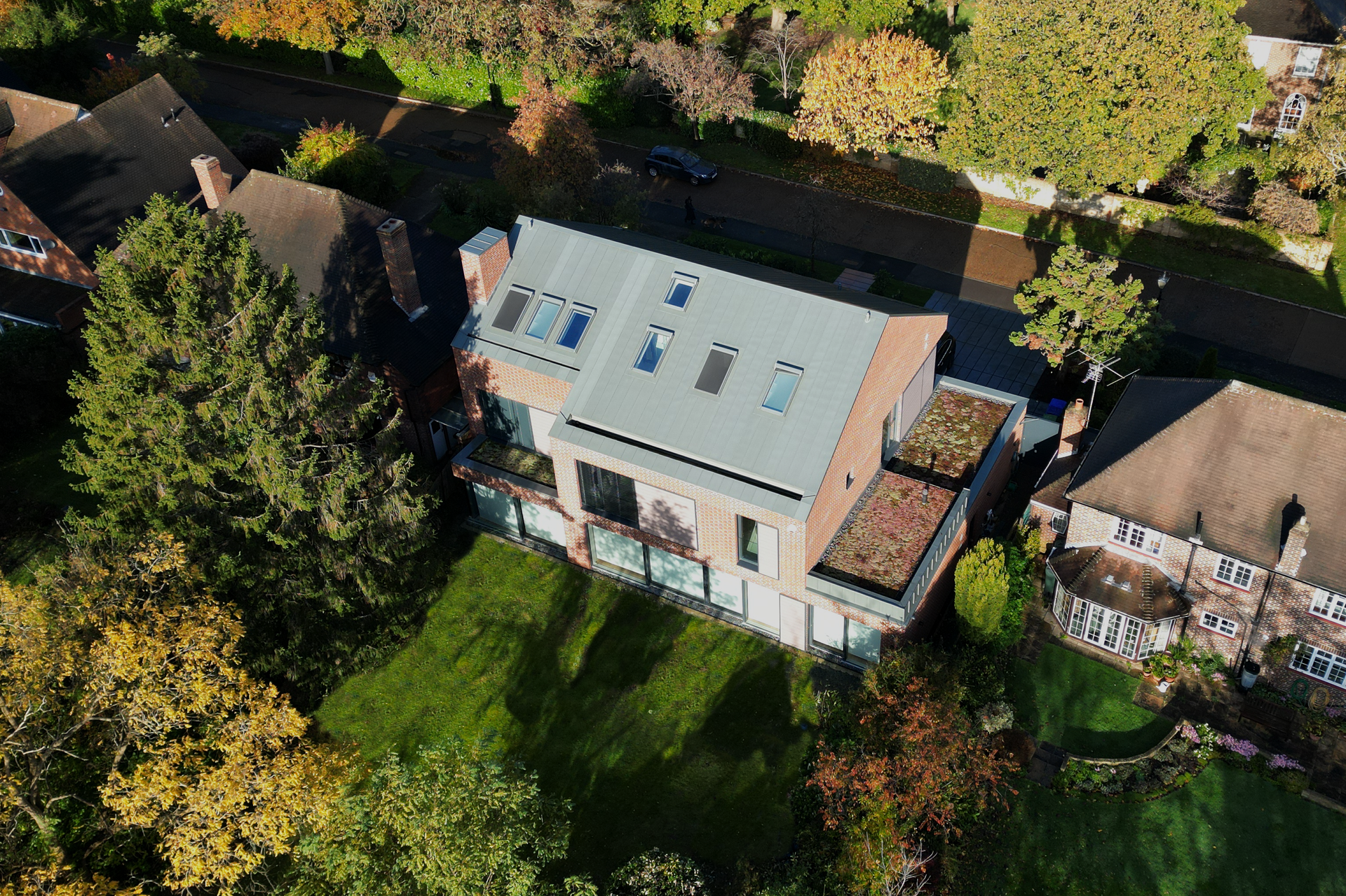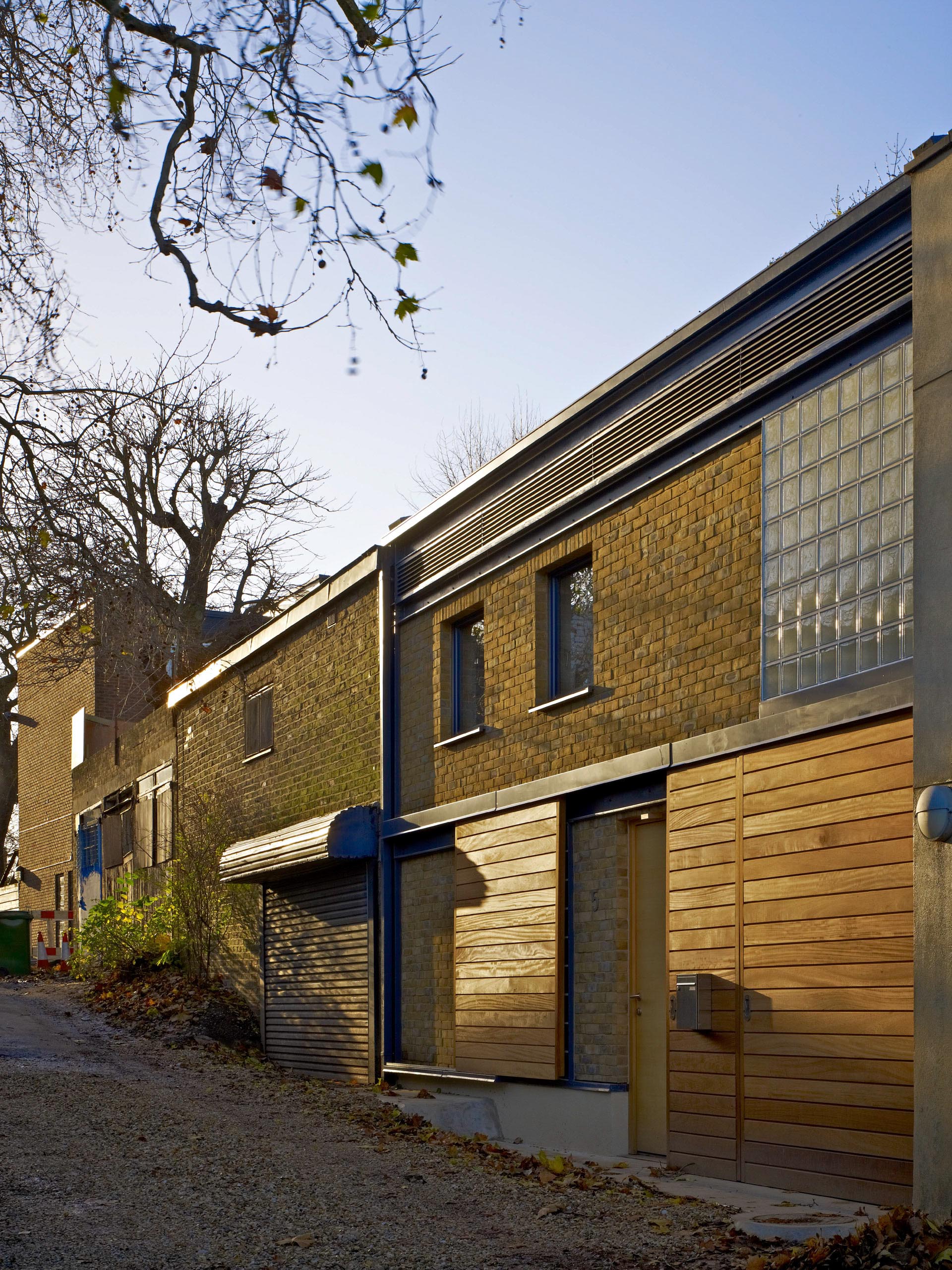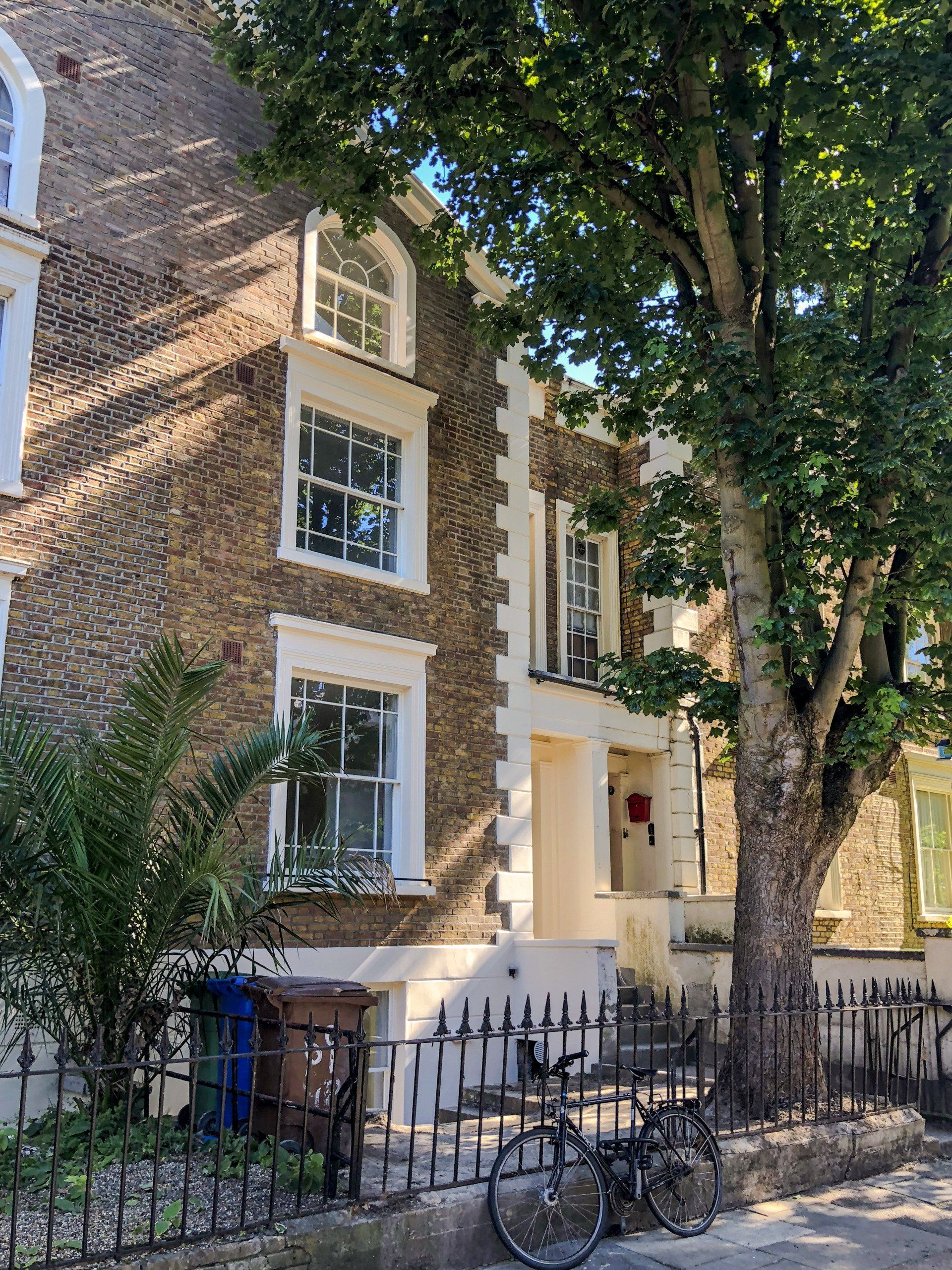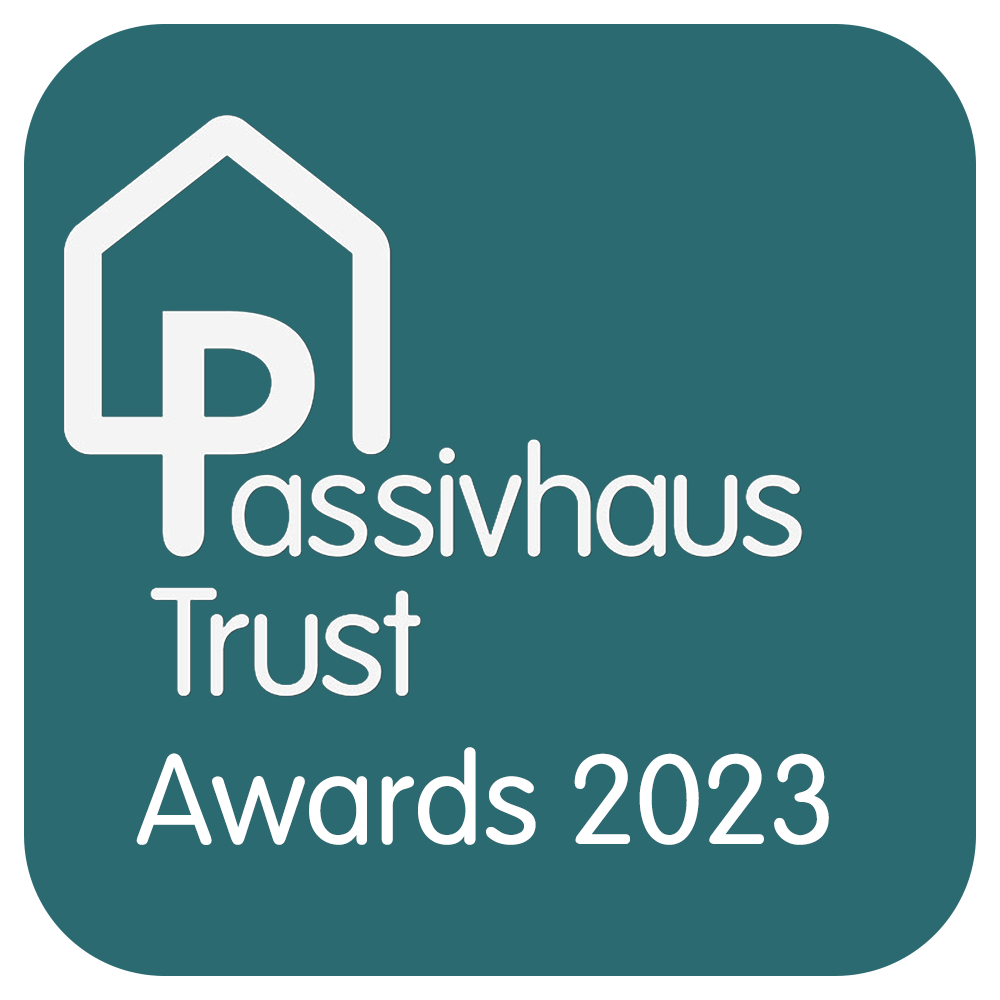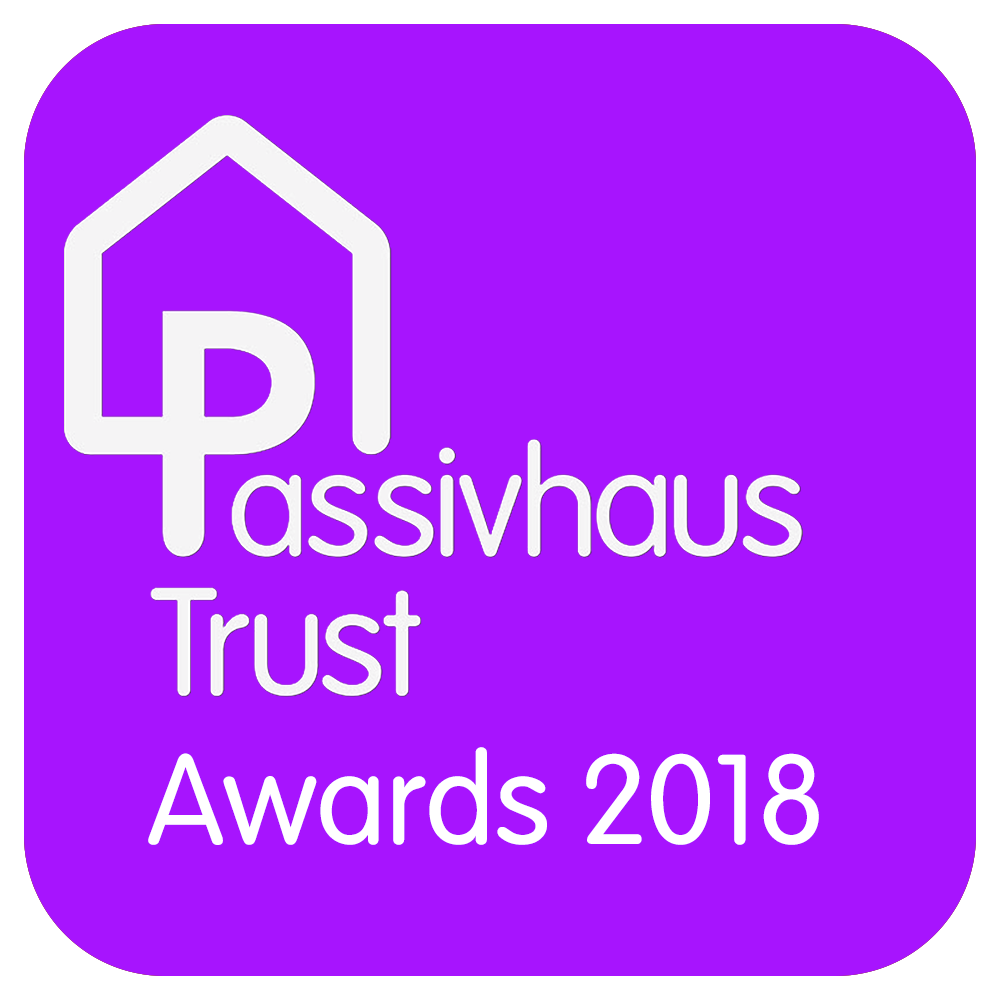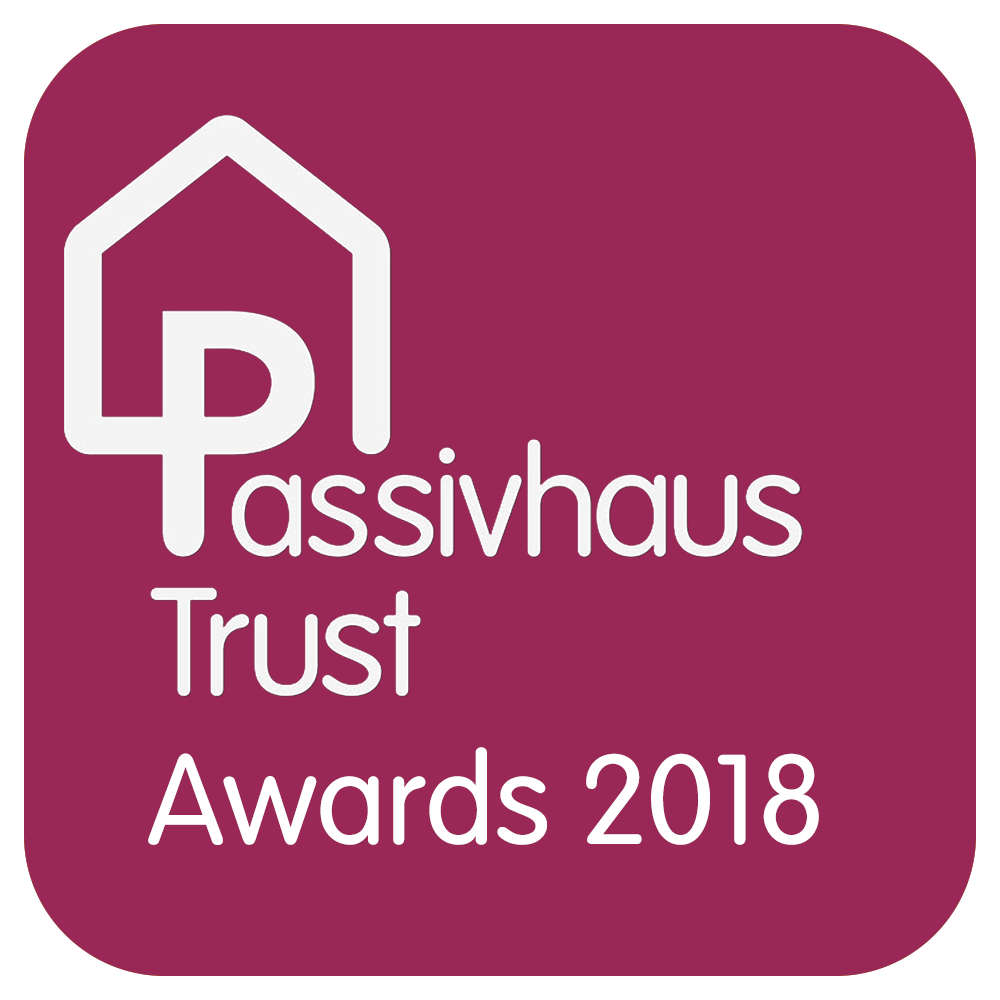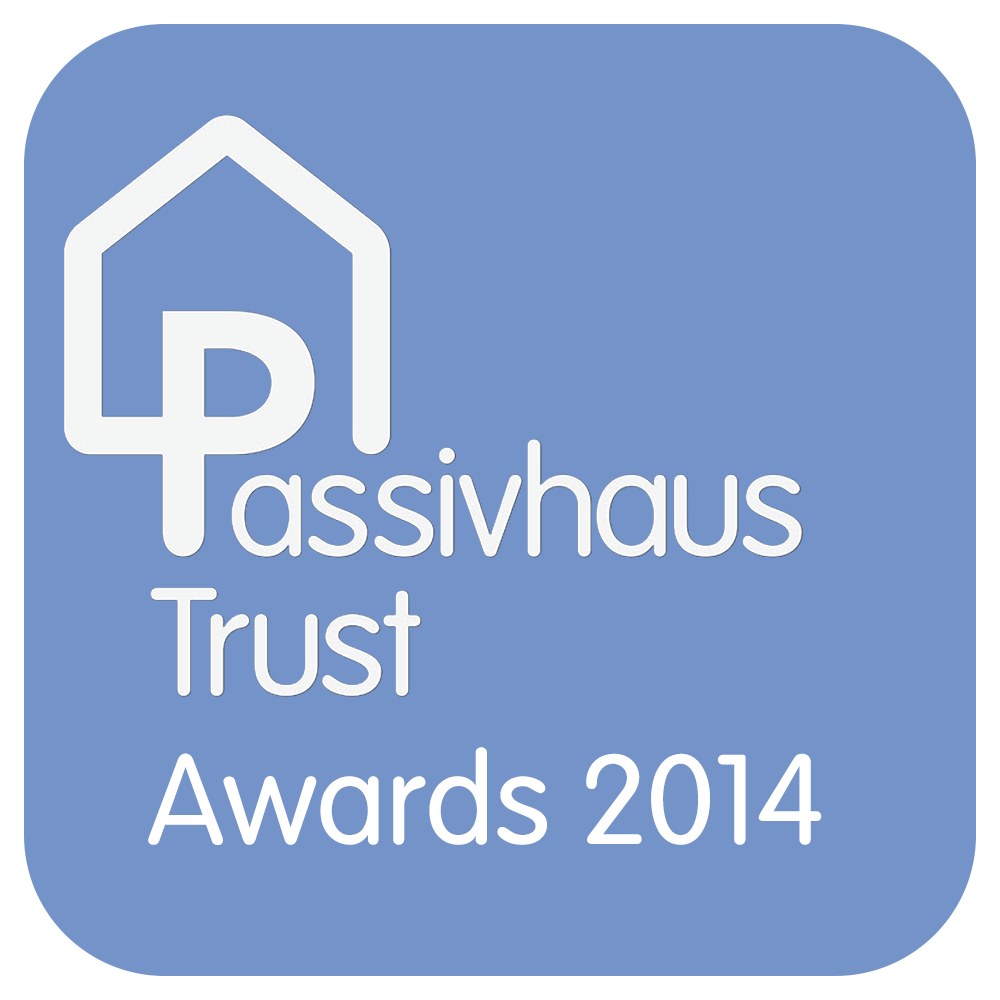The Passivhaus Standard
High comfort. Low energy.

Thirty years of sustainabilty
When director Richard Dudzicki founded RDA almost thirty years ago, his ethos was to put sustainability first.
Since then, RDA have built over 10 certified Passive homes (including Richard’s own family home) and many more Enerphit and sustainable homes. What makes RDA different is that we integrate sustainability into your project from day one, rather than including it as an add on or afterthought.
RDA designs award-winning buildings that are better for the planet, your health and reduce your running costs by up to 90%.
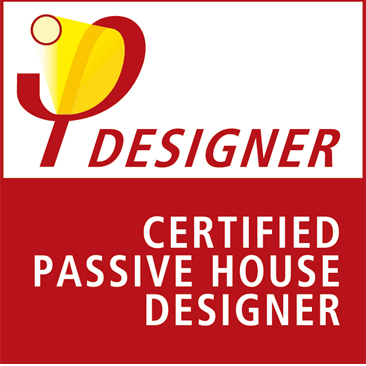
Our expertise
Passivhaus
By using advanced insulation, cutting-edge air-tightness and ventilation technology, Passive homes maintain comfortable temperatures throughout every season - reducing your gas, oil, or central heating costs by up to 90%.
At RDA we use our years of experience, certified in-house Passivhaus designers and trusted suppliers to ensure our Passive houses meet rigorous standards and pass the test of time.
Enerphit
An Enerphit building is a quality-approved energy retrofit with Passive House components. Enerphit is a standard used for highly-energy efficient retrofits of older buildings that would struggle to achieve full Passivhaus certification. By retrofitting an older building instead of demolishing and starting again, this drastically reduces the carbon impact of your home.
Our most recent Enerphit project was a 1960’s home that went on to win Homebuilding & Renovations ‘Green Home of the Year 2023’.
"Whether you’re extending, renovating or (in my case) building a Passivhaus, you will be bowled over by the flair, creativity and attention that Richard applies to your project. I ended up with a light, bright, award-winning house so far beyond my expectations. All planning issues were resolved without losing the essence of the project and I’m thrilled to recommend such a great practice."
Designed with sustainability in mind from Stage 0.
Unlike most practices, RDA establish and integrate your sustainability needs from RIBA stage 0.
This means that from embodied carbon to air-tightness, you can guarantee that no stone is left un-turned or forgotten about. When sustainability is considered at a later stage, this means your project is unlikely to meet real sustainability goals and vital components are often not included.

The RDA Passive Standard
At RDA, we are so dedicated to Passivhaus design we developed our own standard for measuring the effectiveness of building designs.
Through our own research, backed by studies conducted by the UK Passivhaus Trust, we have identified nearly fifty key benefits which make passive home design a compelling approach. Our RDA Passive Home Indicator Scoring System allows us to measure a design's effectiveness.
RDA+ (a score ranging from 25-36) is the highest standard possible.
Not only providing a healthier home with cleaner air, better ventilation,
RDA's Passive Home Indicator Scoring System

and more efficient temperature control, but also helping the environment by reducing energy consumption. This would help you save 80-82% on your energy bills in both new build and refurbishment projects.
The Five Core Elements of the RDA Indicator Score
Featured Passivhaus Projects
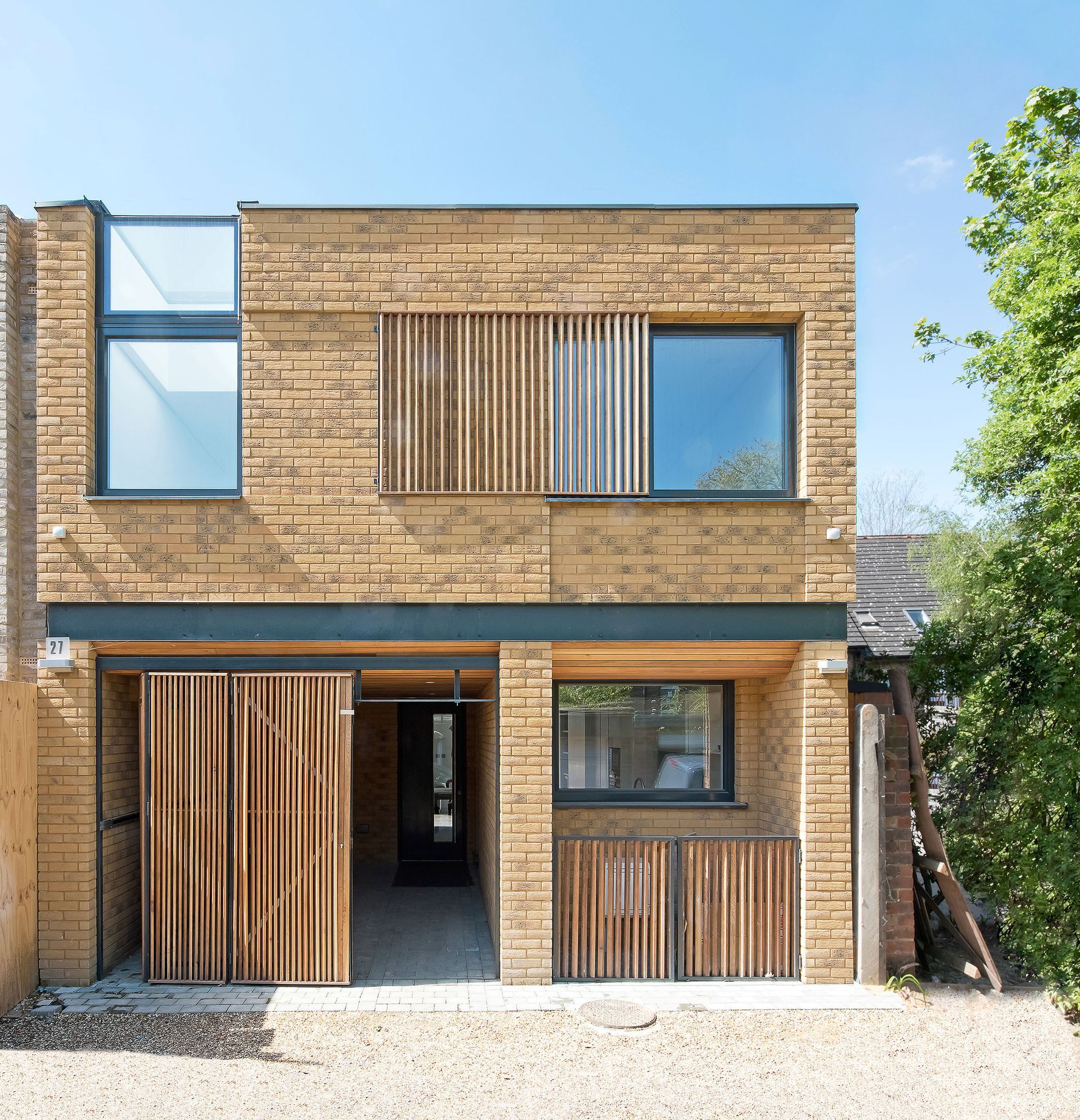
Passive Mews II
This three-bedroom certified Passivhaus was built in 2017 for a budget of only £250,000.
Featuring red cedar detailing and chamfered timber soffits, these elements add softness and intrigue to a paired-back home. It also features a hidden hydrotherapy pool, primarily powered and heated by four large photovoltaic panels on the roof.
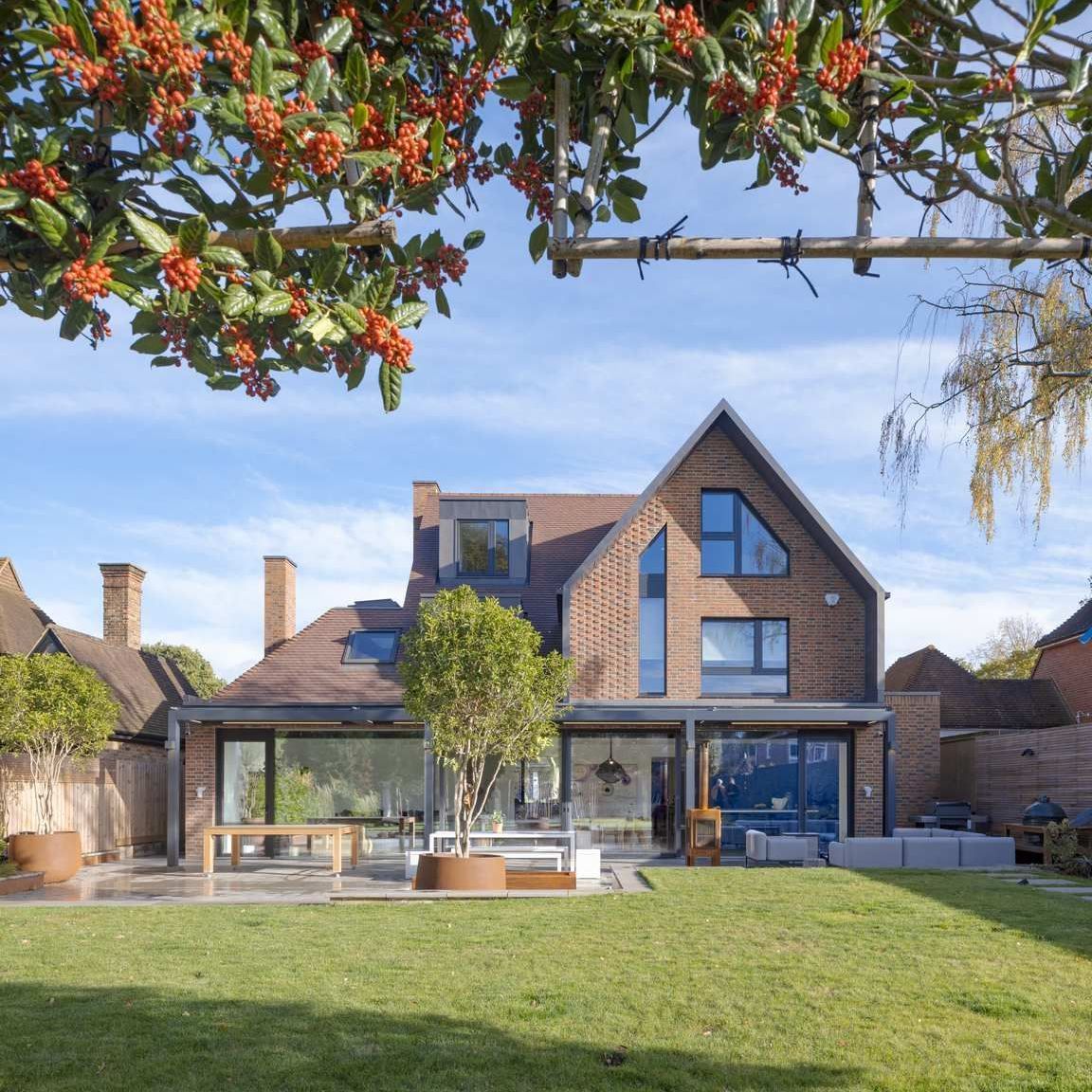
Pitched Passivhaus
Designed to integrate with and echo the 1930's houses in the surrounding Conservation area, Pitched Passivhaus is a new build, cutting edge Passivhaus disguised in a traditional aesthetic vernacular.
MVHR and air source heat pumps are housed in the 'chimneys', while the internal structure was built using CLT to reduce embodied carbon and thermal bridging.

Modernist Enerphit
This award-winning enerphit project gave a new lease of life to an iconic example of 1960's modernist architecture, designed by Michael Blackstock.
What was once drafty, inefficient and damp is now an incredibly efficient home. Now, it has a heat recovery efficiency of 88%, and uses almost 90% less energy than the average UK home. Its annual energy bill is as low as £177, compared to the UK average of £2,499.87 (2022)
"When it comes to Passivhaus, its not just about achieving the standards but understanding embodied carbon, healthy biophilic design and the economics of the project. This leads to great work and wonderful design from the RDA team."
Richard Dudzicki, Director
RIBA, ARB
BA(Hons), DipArch(Dist)
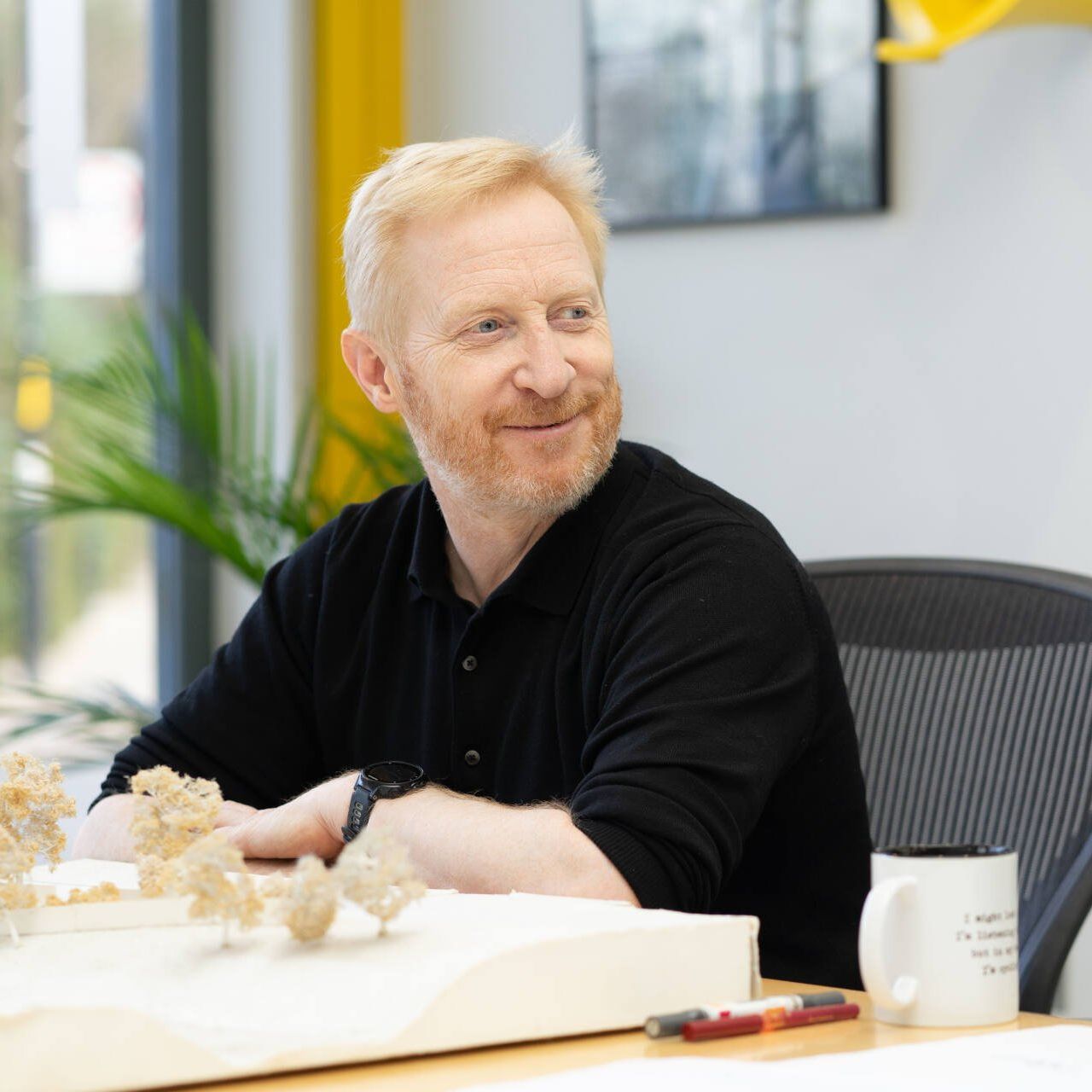
What can RDA offer your project?
| • Feasibility studies | • 3D visualisations | |
| • Concept development | • Interior design | |
| • Planning submission | • Landscape design | |
| • Construction drawings | • Contract management | |
| • Detailed design | • Schedule of works | |
| • Cost estimation | • Site management | |
| • CDM co-ordination |

